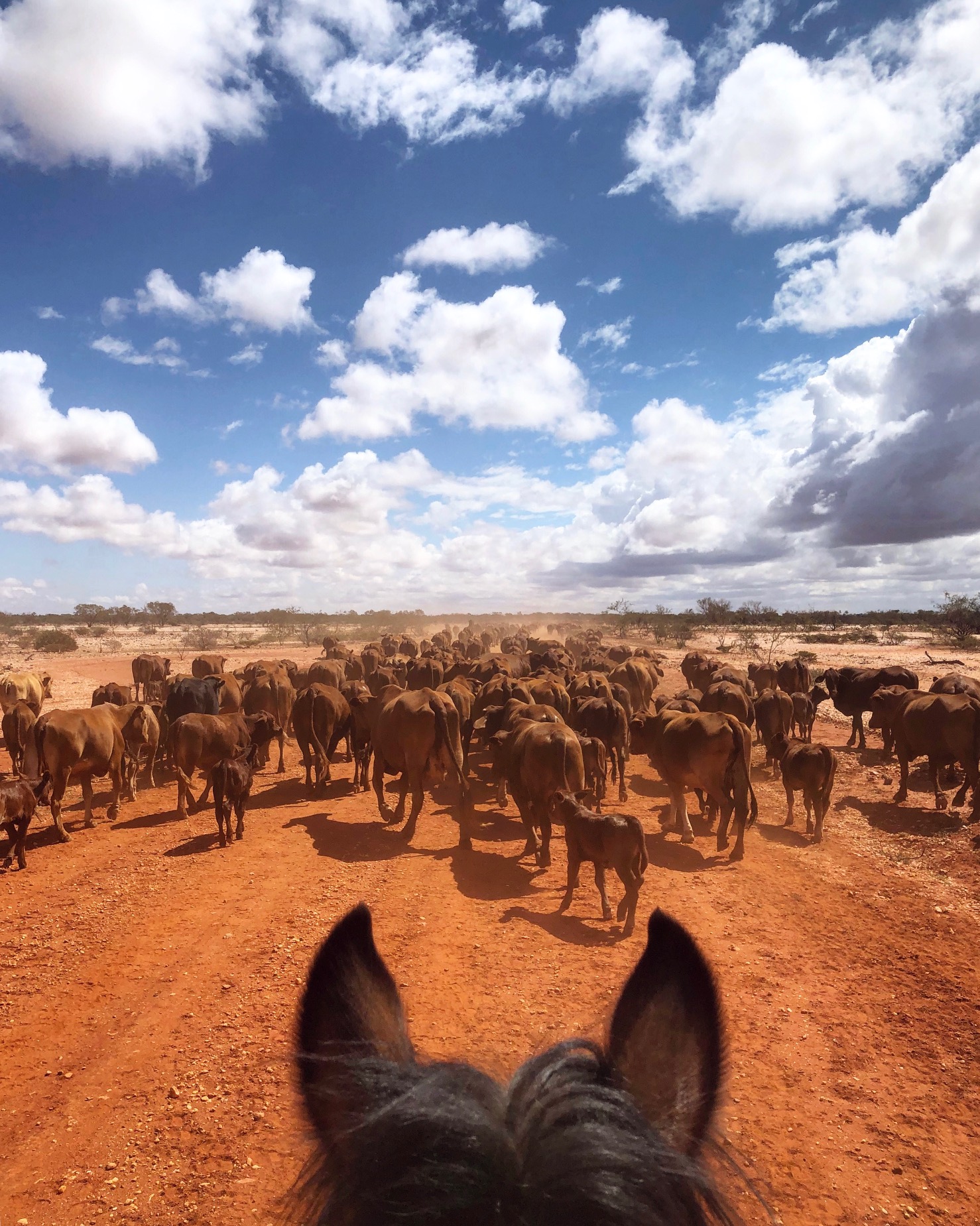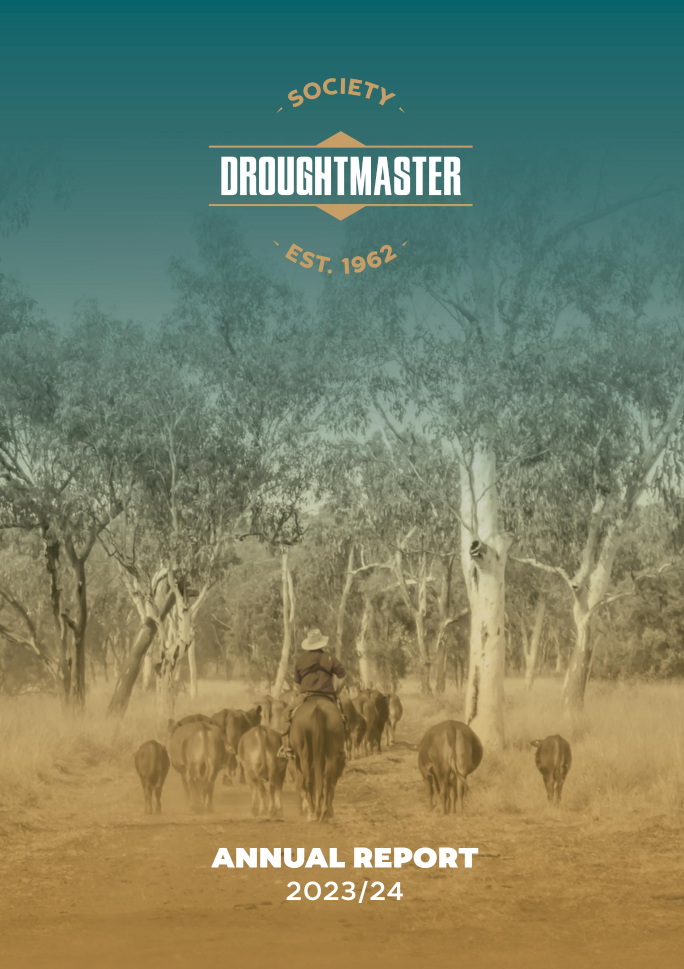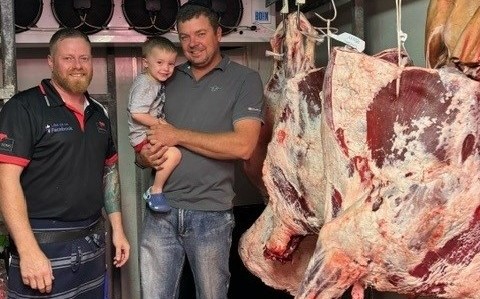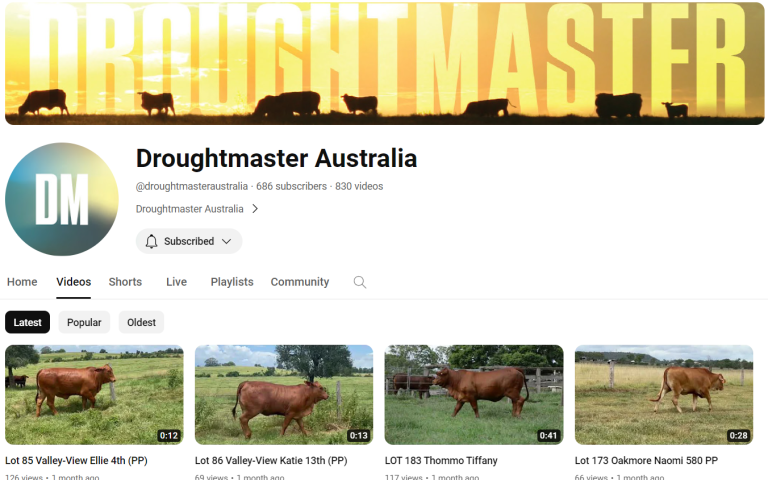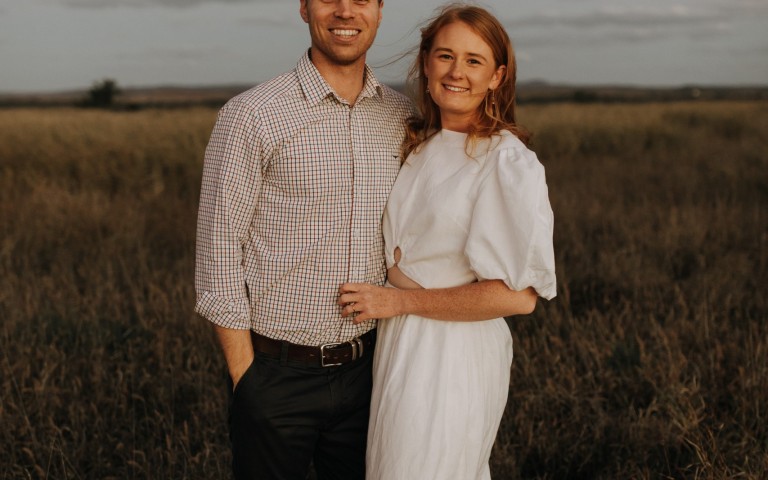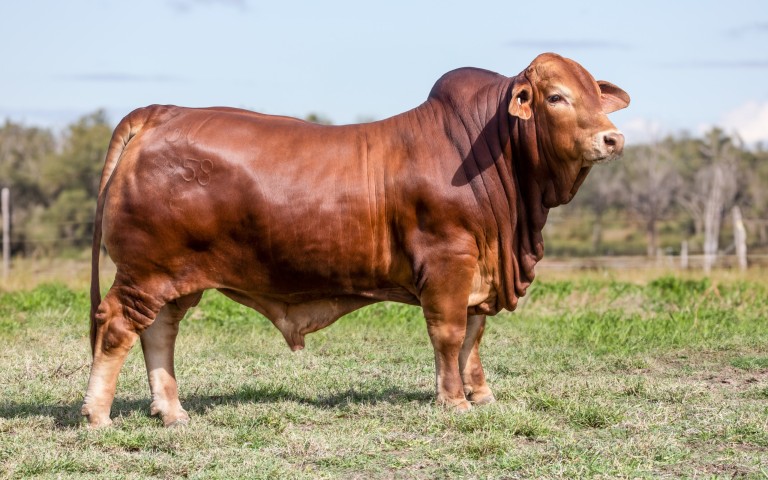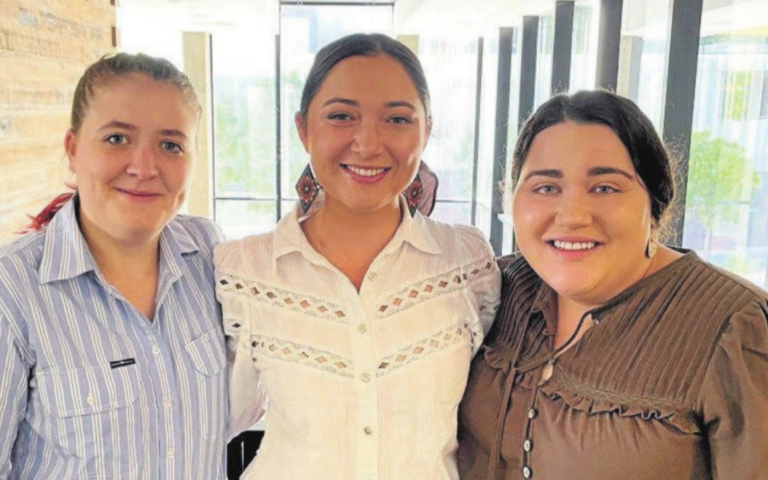Droughtmaster breeders sow seeds of success on Lyndon Station
24 Jul 2023With a cow-calf enterprise spanning almost 5000 square kilometers in country where the climate is best described as “erratic”, West Australia’s D’Arcy family have built a resilient beef business by combining agility with flexibility, supported by the adaptable Droughtmaster breed.
Third generation producer Sean D’Arcy has run the Lyndon Station operation for about 20 years, a family enterprise that started with his grandfather who took up management in the 1930s. His parents Tim and Christine purchased the property in the 1970s and remain active in the business.
In the 1990s, the sheep and wool operation stretching across the Gascoyne and Pilbara transitioned to cattle, first supplying animals to the live export trade before shifting focus towards onshore processing.
To access southern WA abattoirs, the D’Arcys acquired farms two hours north of Perth, where cattle are finished on grass and self-feeding grain rations to between 400 and 500 kilograms liveweight.
“We get them as heavy as we can, as fast as we can, before they cut teeth,” Mr D’Arcy said.
A Droughtmaster breeding herd of about 4000 head is mated to both Droughtmaster and Red Angus Droughtmaster cross sires for 12 months of the year.
With no set joining or calving season, Mr D’Arcy must maneuver his management around the seasons and the market.
“The Gascoyne can be very unreliable in terms of rainfall, with equal chances of summer and winter rain,” he said.
“Some of our cattle go direct to the farming properties following weaning, others spend six months on the station and then a further six months on the farms depending on where the feed is.
“When you live in one of the least reliable rainfall climates in Australia you must be very flexible and have a breed that flexes with you.
“You need to be very open and agile in your decision making and always stock conservatively to maintain body score and rangeland health.”
Achieving consistency and quality is supported by a feeding program for cull heifers in the tagasaste paddock on one of the farms.
“It works really well, it’s a great model,” Mr D’Arcy said.
“They’ve got access to pasture and browse as well as a grain ration.
“Our heifers are gaining about 1.7 kg per day, very acceptable for a non-intensive operation.”
After arriving at the farm, cattle are backgrounded on perennial pasture such as Rhodes grass and panic grass, tagasaste (otherwise known as tree lucerne) and annual pasture before some are inducted into an off-farm feedlot usually between 400-500 kilograms.
“We have a fantastic team, both on station and on farm which makes our flexible management approach possible,” Mr D’Arcy said.
With reliable rainfall always in doubt, and market dynamics somewhat fluid, Mr D’Arcy is thankful for choosing Droughtmaster as their foundational beef breed.
“The decision to go with Droughtmaster was pretty simple – it’s a dual-purpose animal with all the survivability of a Brahman but gives you access to more markets with higher weight for age,” he said.
Lyndon Station maintains stability in its Droughtmaster content with bulls that are run with females at a ratio of between 3-4 per cent.
About 100-120 Droughtmaster and Red Angus cross bulls are kept on the property each year.
With an average annual rainfall of about 250 mm, and the biggest rainfall months in February and June, Lyndon Station will complete one muster each year, usually in August-September.
Mustering is completed using fixed wing aircraft, sometimes a helicopter, horses and motorbikes.
“We are focused on stress-free stock handling and put a lot of emphasis on weaner training, ensuring they continue to be easy handling even with low levels of human interaction throughout the year,” Mr D’Arcy said.
“We train our staff in stress-free handling techniques prior to mustering, investing in the future behaviour of our herd.”
Droughtmaster cattle in the Gascoyne calve very easily, with a long-term turn-off ratio at around 83 per cent at Lyndon Station.
“We focus very heavily on fertility and we’re careful with our stocking rate. This helps us to be sustainable and consistently productive in a challenging environment,” Mr D’Arcy said.
“Keeping our breeders in reasonable condition and in a stress-free state also reduces the risk of dog predation.
“The Droughtmaster cow is highly protective which allows us to have some dog burden as is required in this country to manage total grazing pressure, especially keeping kangaroo numbers in check.
“We are an organic, low input operation in a very uncertain climate.
“The Droughtmaster breed is the obvious choice for our business.”
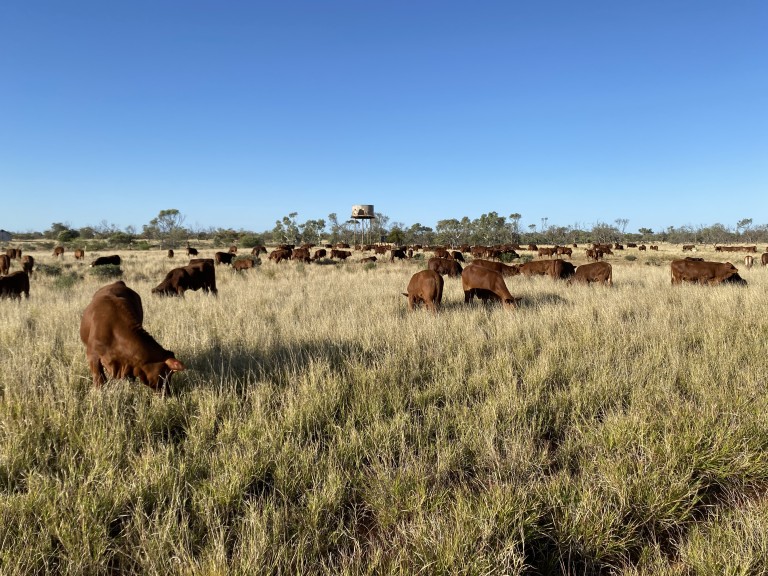
The adaptability of Droughtmaster cattle has allowed Lyndon Station in WA’s Gascoyne region to produce consistent quality beef for the local trade in a highly variable rainfall area.
